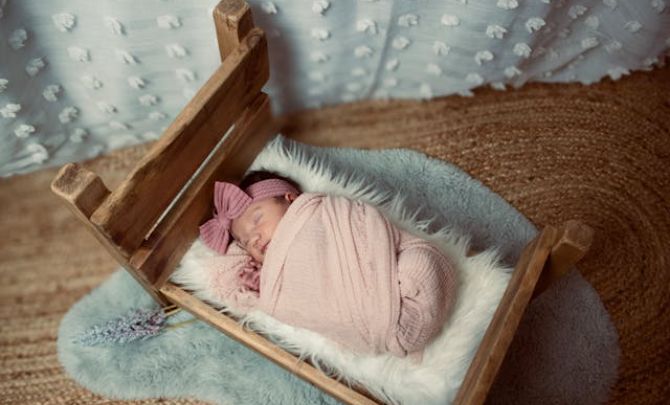Children’s furniture is designed to withstand years of use, making it a worthwhile investment for any family. Unlike standard furniture, which may not be built to handle constant movement, spills, and rough handling, children’s furniture is crafted from durable materials that can last throughout a child’s development. Solid wood, reinforced plastics, and high-quality metal frames provide strength that prevents premature wear and tear. Investing in sturdy furniture minimizes the need for frequent replacements, ultimately saving money in the long run. Additionally, many pieces are designed to adapt as children grow, extending their usefulness beyond early childhood.
Many beds, desks, and storage units feature adjustable components that can be modified to accommodate changing needs. A crib, for example, can convert into a toddler bed, then later into a full-sized bed, eliminating the need to purchase multiple pieces over time. Similarly, height-adjustable desks allow children to maintain proper posture as they grow, promoting comfort and good ergonomics. Versatile storage solutions, such as modular shelving and stackable bins, can evolve with a child’s changing interests and possessions. Investing in furniture that grows with a child prevents waste and ensures that each piece remains functional for years. Long-term durability and adaptability reduce the financial and environmental impact of frequently discarding and replacing furniture, making children’s furniture a practical and sustainable choice for families.
The Impact on Comfort and Development
Properly designed children’s furniture supports physical and cognitive development, making it more than just a functional necessity. Ergonomic chairs and desks encourage healthy posture, reducing the risk of back pain and other physical issues that can develop from using poorly designed furniture. A well-structured environment contributes to a child’s ability to focus on homework, reading, or creative activities. Providing comfortable and supportive furniture helps establish lifelong habits that promote overall well-being.
Beyond physical benefits, children’s furniture plays a role in cognitive and emotional development. A designated workspace encourages organization and responsibility by giving children a structured place to complete tasks. Beds with built-in bookshelves foster a love for reading by keeping books within reach, while accessible storage units teach children how to manage their belongings. Investing in furniture that enhances a child’s environment encourages independence and self-discipline, skills that will benefit them in adulthood. Furniture with stimulating colors and engaging designs can contribute to creativity and learning. Vibrant colors and themed furniture can create an inviting atmosphere that makes daily routines more enjoyable. A child’s personal space should be a place of comfort and inspiration, and well-chosen furniture plays a significant role in achieving that goal.
Financial and Environmental Benefits of Long-Lasting Furniture
Investing in quality childrens furniture with longevity in mind is a financially wise decision. While higher-quality pieces may have a higher initial cost, they prevent the need for frequent replacements, ultimately reducing overall expenses. Cheaper alternatives may seem cost-effective in the short term, but they often wear out quickly, leading to repeated purchases. Families can avoid the hidden costs of replacing broken or outgrown pieces by choosing durable furniture. Additionally, long-lasting furniture can be passed down to younger siblings or resold, further extending its value.
Beyond financial savings, long-term furniture choices contribute to environmental sustainability. The production and disposal of low-quality furniture contribute to waste and pollution, making investing in durable, eco-friendly options important. Many manufacturers offer sustainable choices from responsibly sourced wood, non-toxic finishes, and recyclable materials. Families can reduce their carbon footprint and promote responsible consumption by selecting last-minute furniture. Additionally, repurposing furniture through DIY projects or donating gently used pieces ensures that items remain in use rather than ending up in landfills. Choosing quality children’s furniture is a decision that benefits both the household budget and the environment, reinforcing the value of long-term investments.
Children’s furniture is more than a temporary necessity—it is a long-term investment in durability, adaptability, comfort, financial savings, environmental responsibility, and emotional well-being. High-quality furniture can withstand the wear and tear of childhood while evolving to meet changing needs, reducing waste and unnecessary expenses. Properly designed pieces contribute to physical and cognitive development, creating a positive and supportive environment for children. The financial and environmental benefits of investing in long-lasting furniture make it a responsible choice for families looking to maximize value while minimizing waste. Additionally, furniture that holds sentimental significance adds an emotional dimension to its importance, reinforcing the idea that well-chosen pieces become a part of family memories. Considering these factors, families can make informed decisions that benefit their children’s well-being and long-term household planning. Investing in children’s furniture is not just about furnishing a room—it’s about creating a lasting foundation for growth, comfort, and sustainability.
